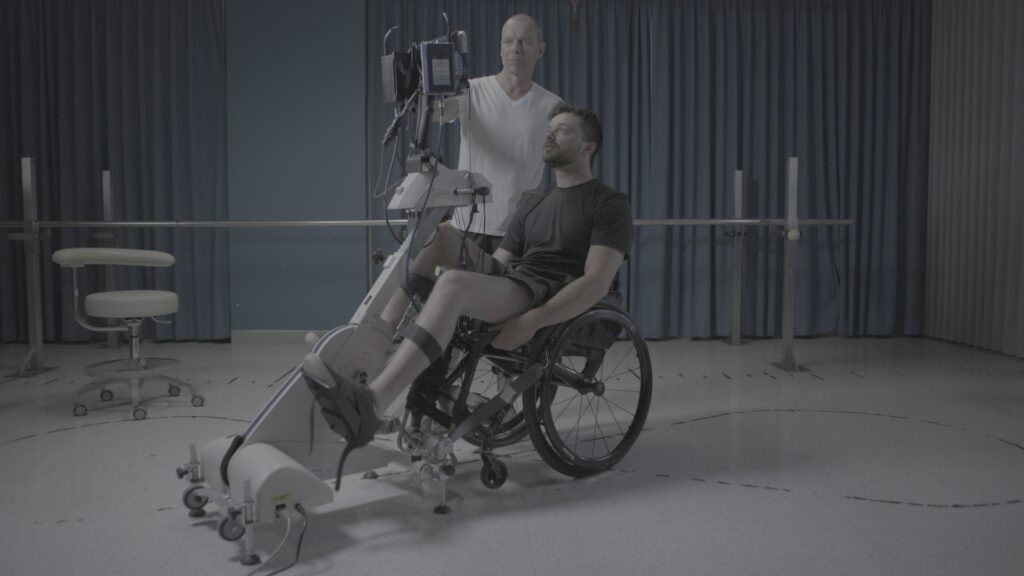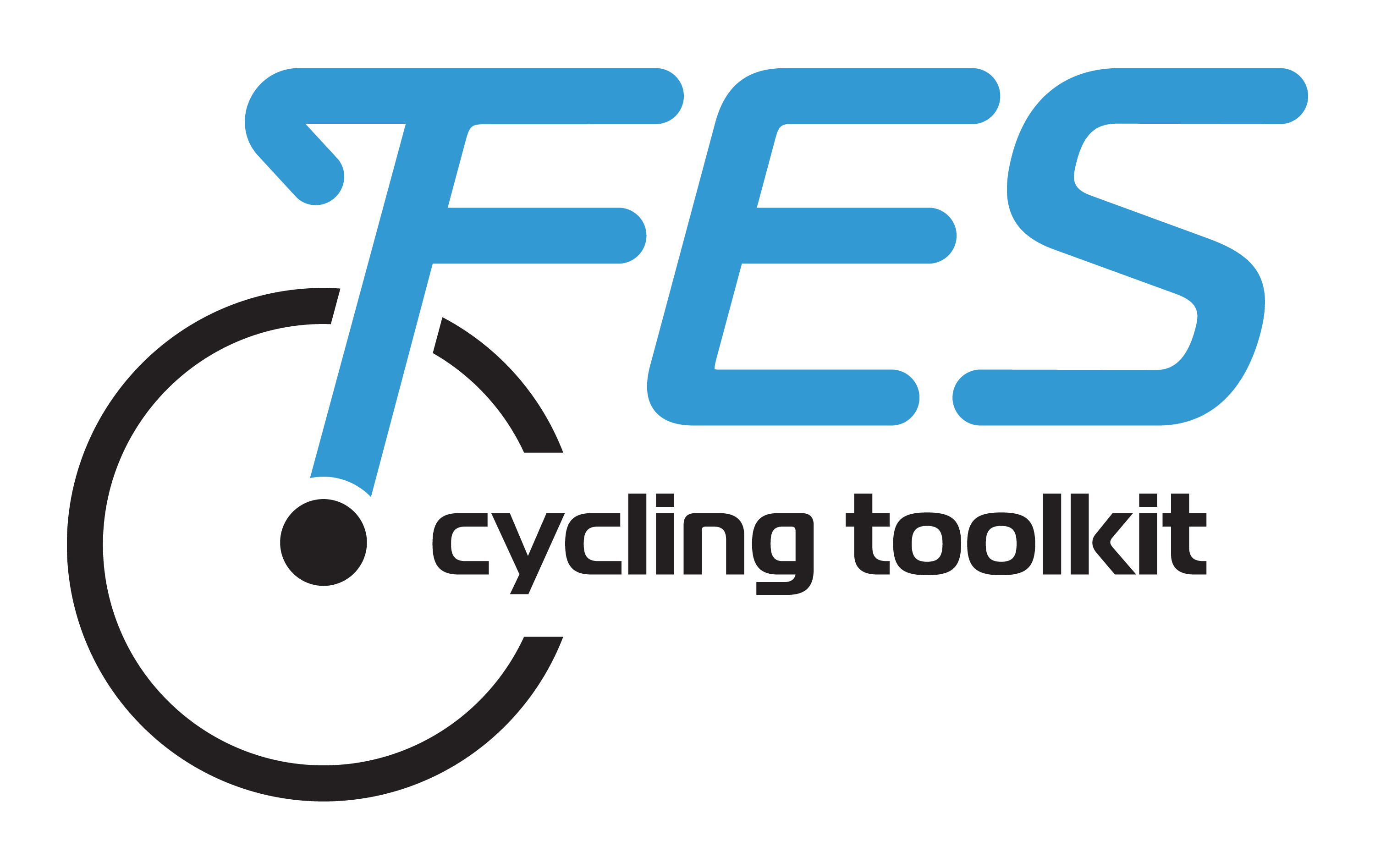Patient Screening
It's just all combined you know giving you motivation to go and do the cycling. And I did as many cycling sessions as I could. I never skipped on any of my sessions. So, I'm still holding the record as the most cycling sessions.
- FES cycling user
Indications
- Muscle atrophy
- Reduced lean body mass
- Reduced muscle cross sectional area
- Poor insulin sensitivity
- Poor glucose control
- Cardiovascular deconditioning
- Unhealthy or unfavourable adipose % or body mass index
- Loss of bone density in lumbar spine and/or lower extremities
- Loss of lower extremity strength
- Reduced power output in lower extremities
- Presence of spasticity
- Poor quality of life
- Reduced self esteem
- Poor sense of wellbeing
- Reduced VO2 max and physical endurance
- Reduced lung health and function
- Excessive fatigue
- Presence of edema
- Presence of pain
- Presence of spasms

- Muscle re-education
- Prevention or delay of disuse atrophy
- Maintain or increase range of motion
- Increase local blood circulation
- Relax muscle spasms
Relative contraindications, absolute contraindications and comorbidities
While some contraindications are common when considering many different types of interventions, it is important to think about contraindications that may be unique to FES and/or FES cycling and how these might interact with any comorbidities the patient may have.
*Comorbidities refer to other medical conditions that may interfere with how patients respond to FES cycling. Some of these conditions may put them at higher risk of unfavourable outcomes or may prevent them from being able to participate in the program.
| Relative contraindications | Description | Severity |
|---|---|---|
| Thrombosis |
| |
| Cardiovascular disease |
| |
| Malignancy |
| |
| Endocrinopathies |
| |
| Clotting abnormalities and prolonged bleeding times |
| |
| Medications |
| |
| Regenerating nerves in the treatment area | ||
| Hypertension |
| |
| Autonomic dysreflexia (AD) |
| |
| Diseases of bone metabolism |
| |
| Less severe pressure injury |
| |
| Seizures/Epilepsy |
| |
| Joint instability |
| |
| Allergies |
| |
| Active epiphysis | ||
| Severe pain |
| |
| Metal implants |
| |
| Heterotopic ossification |
| |
| Contractures |
| |
| Active infectious disease |
| |
| Psychological/cognitive disorder |
| |
| Lower motor neuron involvement |
|
*Comorbidities refer to other medical conditions that may interfere with how patients respond to FES cycling. Some of these conditions may put them at higher risk of unfavourable outcomes or may prevent them from being able to participate in the program.
| Absolute contraindications | Description | Severity |
|---|---|---|
| Pregnancy |
| |
| Fractures |
| |
| Cardiac demand pacemaker (if applied to thoracic wall) |
| |
| Pressure ulcers in buttocks or legs |
| |
| Rotator cuff tear |
|
Discuss with healthcare team before using FES cycling with a patient who has a pacemaker or implantable cardiac defibrillator.
Discuss with healthcare team before using FES cycling with a patient who has a pacemaker or implantable cardiac defibrillator.

